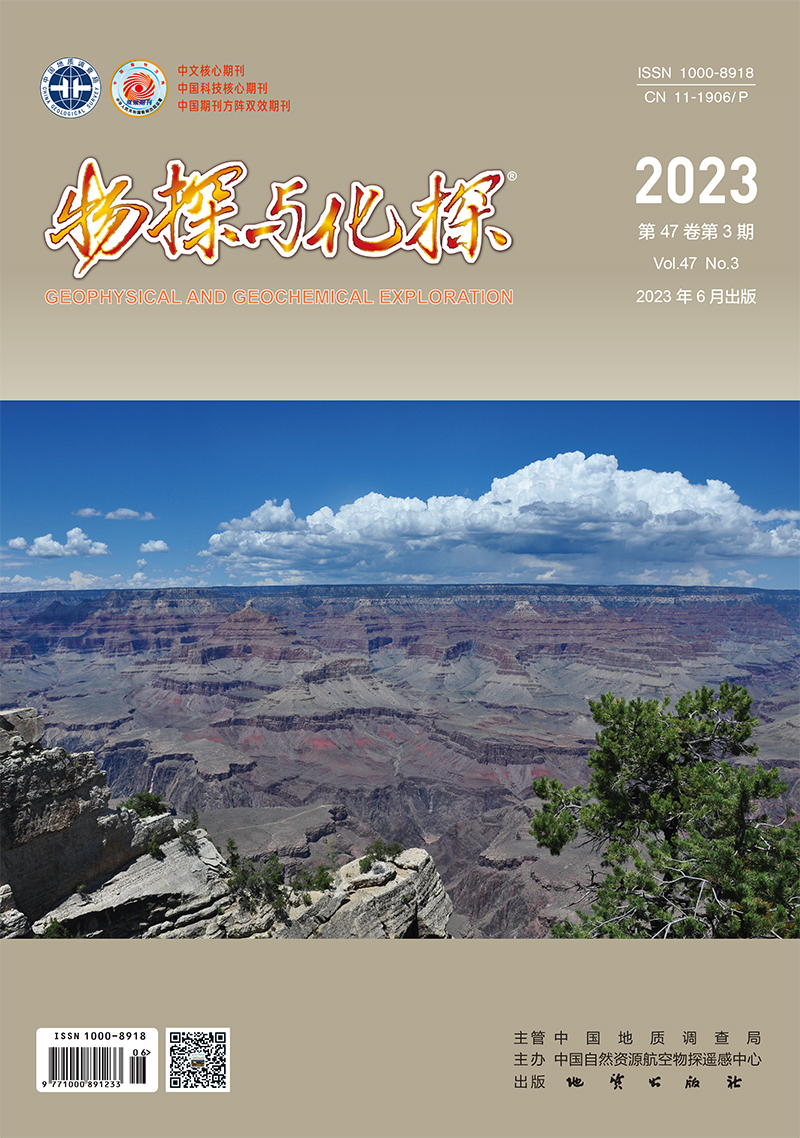| Citation: | YANG Rong-Xiang, WANG Wan-Yin, CAI Meng-Ke, WANG Ding-Ding, LUO Xin-Gang. 2023. A study of tectonic framework of the Qinnan sag in Bohai Basin and its adjacent areas based on satellite gravity anomalies. Geophysical and Geochemical Exploration, 47(3): 584-596. doi: 10.11720/wtyht.2023.1463 |
A study of tectonic framework of the Qinnan sag in Bohai Basin and its adjacent areas based on satellite gravity anomalies
-
Abstract
The Bohai Basin has the most offshore oil and gas fields discovered in China. As a potential hydrocarbon-rich sag in the Bohai Basin, the Qinnan Sag is of high value in exploration. Therefore, the study of the tectonic framework of the sag and its adjacent areas is of great significance and application value. Based on satellite gravity anomalies, this study determined the Bouguer gravity anomalies by correcting the influences of land topography and seawater and obtained the planar distribution and apparent depths of faults, the thickness of Cenozoic strata, and the boundaries of tectonic units using methods such as the normalized vertical derivative of the total horizontal derivative (NVDR-THDR), the Euler deconvolution, the minimum curvature potential field separation, and the fast for the gravity field based in a dual interface model. Based on the geological and geophysical data, this study analyzed the distribution and geophysical characteristics of major faults and tectonic units in the study area. The results of this study are as follows: The faults in the Qinnan Sag and its adjacent areas mainly have NE, NEE, and NW strikes and an apparent depth of primarily 1~10 km, which is up to 15~25 km at some positions of the sag-controlling faults and the intersections of the faults; The Cenozoic strata have a thickness of 0~11 km. The Cenozoic tectonic units are distributed in alternating NE and NEE directions, and their boundaries are mostly controlled by faults; Through further investigation, this study classified the sub-sag on the west side of the Qinnan sag as the Laoting sag and adjusted the boundaries of other tectonic units. The results of this study on the distribution of the faults and tectonic units can provide geophysical data for hydrocarbon exploration in the Qinnan Sag.
-
Keywords:
- satellite gravity anomaly /
- Qinnan Sag /
- tectonic unit /
- fault
-

-
Access History





 DownLoad:
DownLoad: